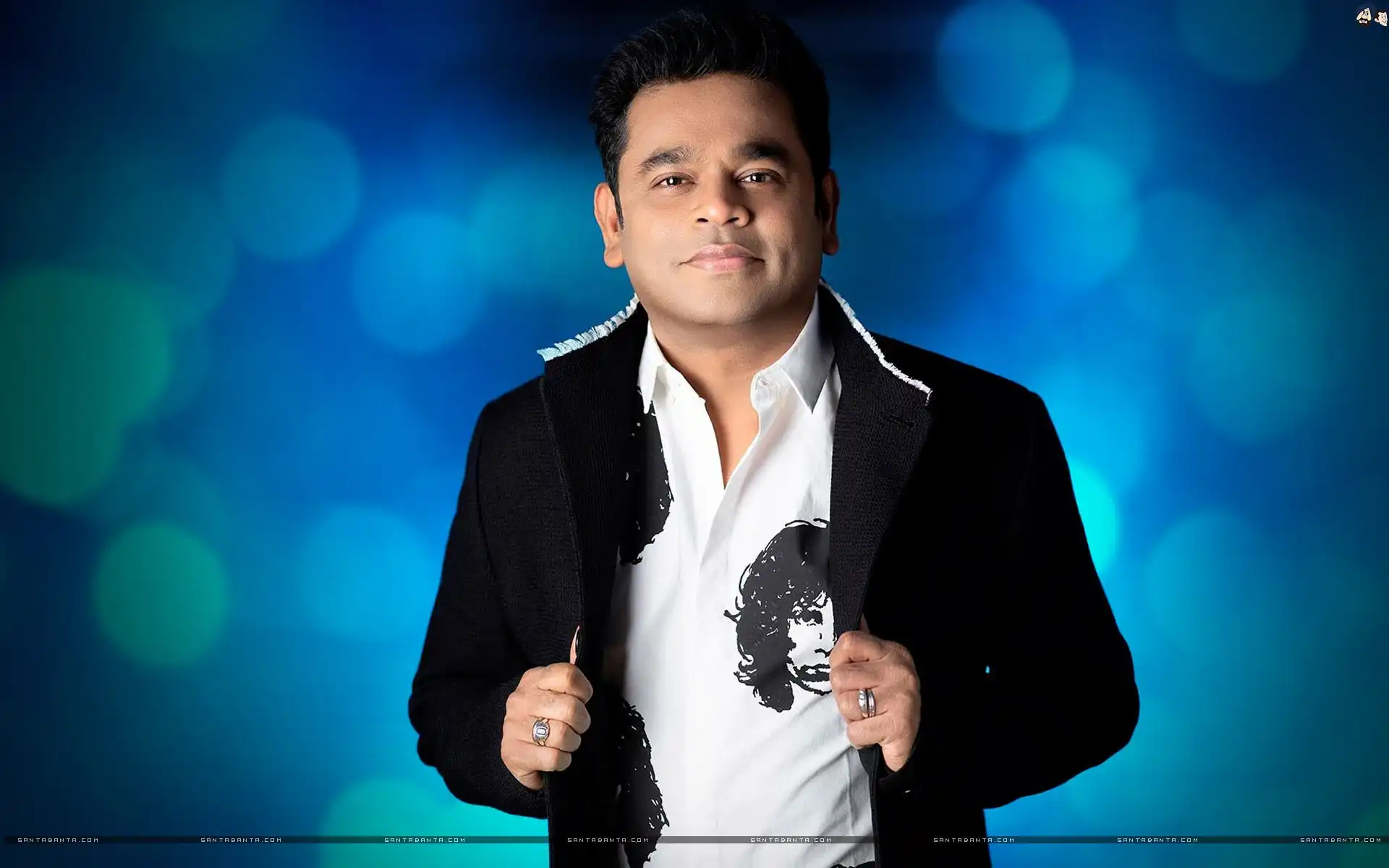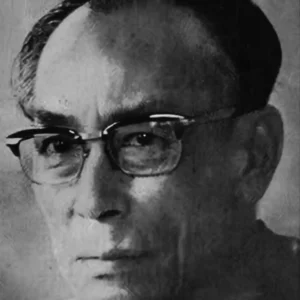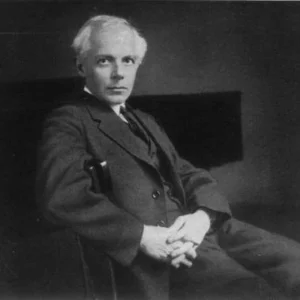A.R. Rahman is a name that resonates deeply in the world of music. Known as the “Mozart of Madras,” Rahman has redefined Indian music and achieved global recognition with his innovative compositions. From the soulful melodies of “Roja“ to the Oscar-winning soundtrack of “Slumdog Millionaire,” his music continues to inspire and enchant. But who is A.R. Rahman, and how did he shape the sound of Indian and global music? Let’s explore the life, work, and enduring legacy of this musical genius.
Early Life: A Prodigy in Chennai
A.R. Rahman was born A.S. Dileep Kumar on January 6, 1967, in Chennai, Tamil Nadu. Growing up in a musically inclined family, Rahman was exposed to music from an early age. His father, R.K. Shekhar, was a composer and conductor for Tamil and Malayalam films, which deeply influenced Rahman’s passion for music.
However, tragedy struck when Rahman was just nine years old. His father passed away, leaving the family in financial hardship. To support his family, Rahman began playing keyboards in studios, where he honed his skills and developed a deep understanding of music production.
The Turning Point: Tragedy and Transformation
The Loss of His Father
The death of his father was a turning point in Rahman’s life. It forced him to take on responsibilities at a young age and shaped his resilient and determined personality.
Music as a Refuge
During this difficult time, music became Rahman’s refuge. He immersed himself in learning various instruments and exploring different genres, from classical Indian music to Western rock and electronic music.
The Adopted Name: From Dileep to A.R. Rahman
Conversion to Islam
In his early twenties, Rahman converted to Islam and changed his name to Allah Rakha Rahman, meaning “God is merciful.” His faith became a central part of his life and deeply influenced his music.
The Significance of His Name
The name A.R. Rahman symbolizes his spiritual journey and his belief in the power of music to connect people across cultures and religions.
The First Break: Composing for Ads and TV
Early Work in Jingles
Rahman began his career composing jingles for advertisements and television serials. His innovative use of synthesizers and electronic sounds set him apart from other composers.
Transition to Feature Films
Rahman’s work in ads caught the attention of filmmaker Mani Ratnam, who offered him the opportunity to compose for his film “Roja” (1992). This marked Rahman’s entry into the world of feature films and the beginning of a legendary career.
The Rise of a Legend: Defining Tamil Cinema’s Sound
The 1990s: A Decade of Innovation
The 1990s marked the rise of Rahman as a musical force in Tamil cinema. His soundtracks for films like “Roja”, “Bombay“, and “Dil Se“ redefined the sound of Indian cinema, blending traditional Indian music with modern electronic elements.
Standing Out in a Competitive Industry
Rahman’s music stood out for its freshness, innovation, and emotional depth. His ability to experiment with different genres and instruments set him apart from his contemporaries.
The Mani Ratnam Collaboration: A Cinematic Revolution
The Partnership with Mani Ratnam
Rahman’s collaboration with filmmaker Mani Ratnam is one of the most celebrated in Indian cinema. Together, they created iconic soundtracks that revolutionized Tamil and Hindi cinema.
Iconic Soundtracks
Films like “Roja”, “Bombay”, and “Dil Se” featured music that was both innovative and deeply emotional. Songs like “Choti Si Asha” and “Chaiyya Chaiyya” became instant classics.
The Bollywood Breakthrough: Conquering Hindi Cinema
Composing for “Rangeela” and “Lagaan”
Rahman’s entry into Bollywood with “Rangeela” (1995) and “Lagaan” (2001) marked a new era in Hindi cinema. His music brought a fresh, contemporary sound to Bollywood, appealing to a younger generation of listeners.
Redefining Bollywood’s Sound
Rahman’s ability to blend Indian classical music with Western genres like rock, jazz, and electronic music redefined Bollywood’s sound and set new standards for film music.
The Global Stage: Winning the Oscars
The Soundtrack of “Slumdog Millionaire”
Rahman’s work on “Slumdog Millionaire” (2008) catapulted him to global fame. The soundtrack, featuring songs like “Jai Ho” and “O Saya,” became a worldwide sensation.
Winning Two Academy Awards
Rahman won two Academy Awards for “Slumdog Millionaire”—Best Original Score and Best Original Song for “Jai Ho.” This made him the first Indian to win an Oscar for music.
The Western Influence: Blending Indian and Global Sounds
Collaborations with International Artists
Rahman has collaborated with international artists like Mick Jagger, Andrew Lloyd Webber, and Beyoncé, blending Indian and Western music to create a unique global sound.
Bridging Cultures Through Music
Rahman’s music transcends cultural boundaries, bringing together audiences from different parts of the world. His ability to fuse Eastern and Western elements has made him a global icon.
The Classical Touch: Blending Tradition with Modernity
Using Classical Ragas
Rahman’s deep knowledge of classical Indian music allows him to create melodies based on traditional ragas. Songs like “Chaiyya Chaiyya” (based on Raga Shivaranjani) and “Kun Faya Kun” showcase his classical touch.
The Fusion of Styles
By blending classical and modern elements, Rahman creates a unique musical style that appeals to both traditional and contemporary audiences.
The Spiritual Connection: Music as a Form of Devotion
Spiritual Compositions
Rahman’s faith is a central theme in his music. Spiritual compositions like “Khwaja Mere Khwaja” from “Jodhaa Akbar” (2008) and “Arziyan” from “Delhi-6” (2009) reflect his deep connection to his faith.
Music as a Form of Worship
For Rahman, music is not just an art form but also a way to connect with the divine. His spiritual songs resonate with listeners of all faiths.
The Personal Struggles: Balancing Fame and Family
Maintaining Privacy
Despite his global fame, Rahman has managed to maintain a low-profile personal life. He values his privacy and focuses on his family and music.
Influence on His Music
Rahman’s personal experiences and struggles often find expression in his music, adding depth and emotion to his compositions.
The Legacy of “Roja”: A Musical Masterpiece
The Soundtrack of “Roja”
The soundtrack of “Roja” (1992) is considered one of Rahman’s greatest achievements. Songs like “Choti Si Asha” and “Yeh Haseen Wadiyan” remain timeless classics.
A Landmark in Indian Cinema
The music of “Roja” played a crucial role in the film’s success, cementing Rahman’s legacy as one of Indian cinema’s greatest composers.
Recent Highlights
2024: Ayalaan (Tamil film)
- Rahman made a cameo appearance in the song “Maanja Nee,” adding his signature touch to the film’s soundtrack.
2023: Maamannan (Tamil film)
- He appeared in the song “Jigu Jigu Rail,” showcasing his ability to blend traditional and contemporary sounds.
2022: Aaraattu (Malayalam film)
- Rahman made a cameo in a recreated version of his iconic song “Mukkala Muqabla,” delighting fans with a nostalgic moment.
2019: Bigil (Tamil film)
- He appeared in the song “Singappenney,” proving that his charm and musical genius remain timeless.
A.R. Rahman: A Legacy in Progress
Composing for “Rockstar” and “Dil Bechara”
In his later years, Rahman composed music for films like “Rockstar” (2011) and “Dil Bechara” (2020), showcasing his enduring talent and creativity.
His Enduring Influence
Rahman’s music continues to inspire new generations of musicians and composers, ensuring his legacy lives on.
A.R. Rahman’s Influence on Indian Music
Inspiring Future Composers
Rahman’s work has inspired future composers like Amit Trivedi, Vishal-Shekhar, and Anirudh Ravichander, who continue to draw inspiration from his melodies.
Shaping the Sound of Indian Cinema
Rahman’s music defined the sound of Indian cinema in the 1990s and 2000s, setting a standard for excellence that remains unmatched.
Awards and Recognition: Honoring a Legend
Grammy Awards and BAFTA Awards
Rahman has won numerous awards, including Grammy Awards, BAFTA Awards, and National Film Awards, recognizing his contributions to music.
Posthumous Recognition
Even after his death, Rahman’s music continues to be celebrated, with tributes and retrospectives honoring his legacy.
The A.R. Rahman Playlist: Must-Listen Songs
A Curated List of Iconic Tracks
From “Jai Ho” to “Chaiyya Chaiyya”, Rahman’s songs remain timeless classics that every music lover should experience.
Why These Songs Remain Timeless
Rahman’s melodies are timeless because of their emotional depth, simplicity, and universal appeal.
Visiting A.R. Rahman’s World: A Fan’s Guide
Must-Watch Films Featuring His Music
Films like “Roja”, “Slumdog Millionaire”, and “Rockstar” are essential viewing for anyone interested in Rahman’s music.
How to Experience His Legacy Today
From streaming platforms to live tributes, there are many ways to experience and celebrate A.R. Rahman’s musical legacy.
Conclusion: Why A.R. Rahman’s Music Endures
A.R. Rahman’s melodies continue to inspire and enchant, reminding us of the power of music to transcend time and touch the soul. His legacy is a testament to the enduring impact of creativity and passion.
FAQs:
- What is A.R. Rahman’s most famous song?
A.R. Rahman has composed many iconic songs, but “Jai Ho” from “Slumdog Millionaire” (2008) and “Chaiyya Chaiyya” from “Dil Se” (1998) are among his most celebrated works. - How did A.R. Rahman influence Bollywood music?
A.R. Rahman revolutionized Bollywood music by blending traditional Indian sounds with modern and global elements. His innovative compositions redefined the industry’s sound and inspired future generations of composers. - What was A.R. Rahman’s relationship with Mani Ratnam?
A.R. Rahman and filmmaker Mani Ratnam shared a legendary partnership, creating iconic soundtracks for films like “Roja”, “Bombay”, and “Dil Se.” Their collaboration marked a turning point in Indian cinema. - How did A.R. Rahman incorporate Western music into his compositions?
A.R. Rahman experimented with Western genres like rock, jazz, and electronic music, creating a unique fusion. Tracks like “Jai Ho” and “Ringa Ringa” showcase his ability to blend Eastern and Western sounds.



